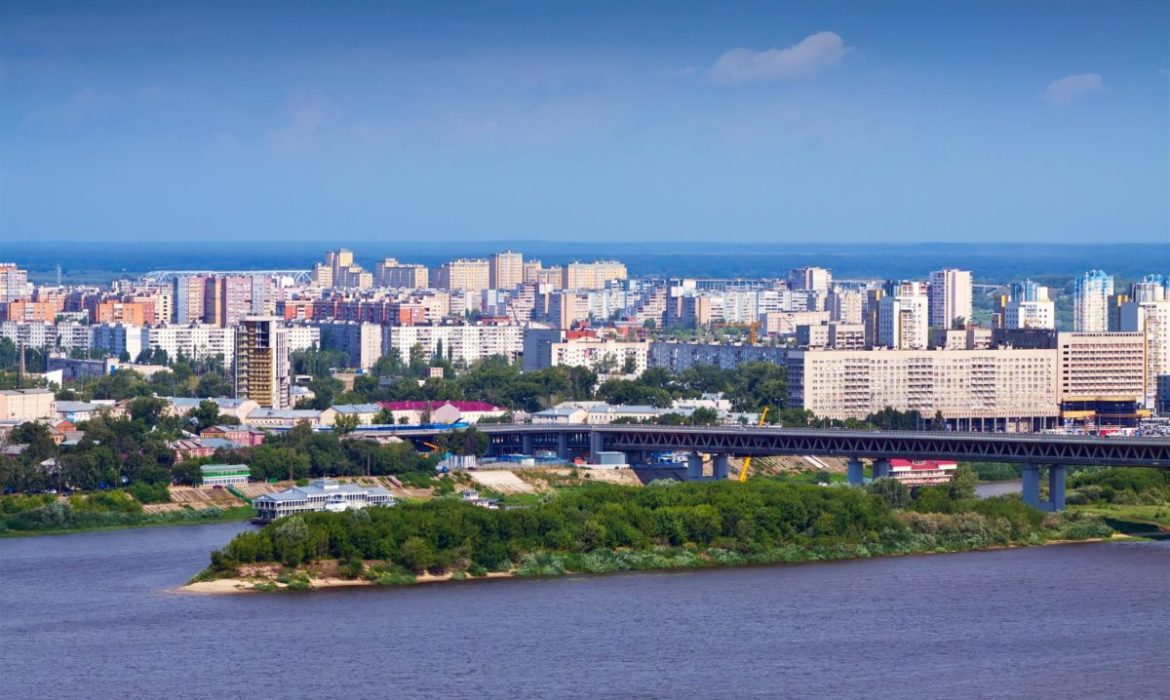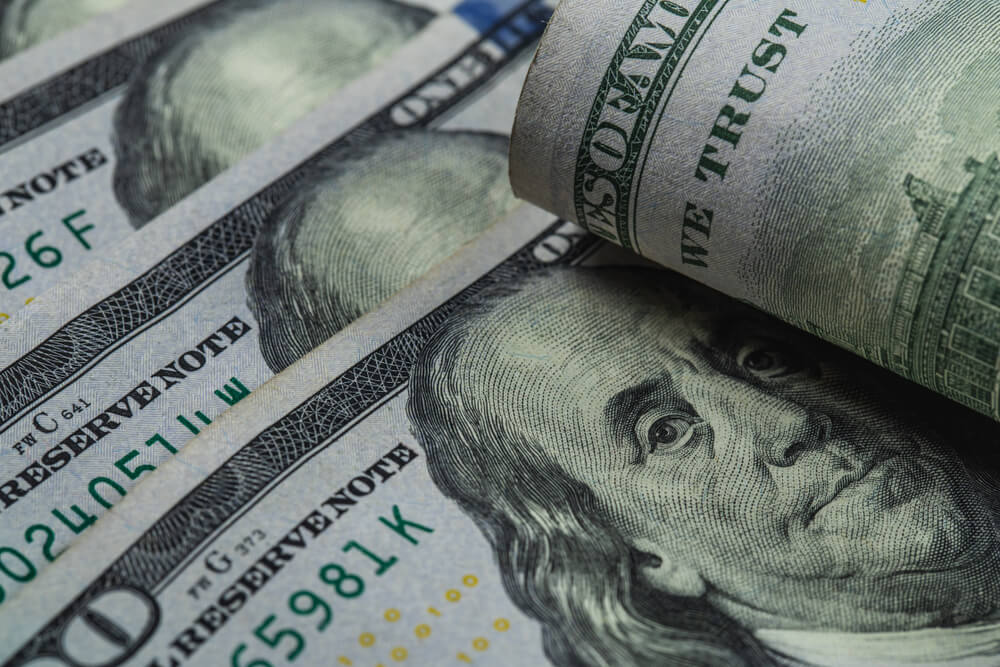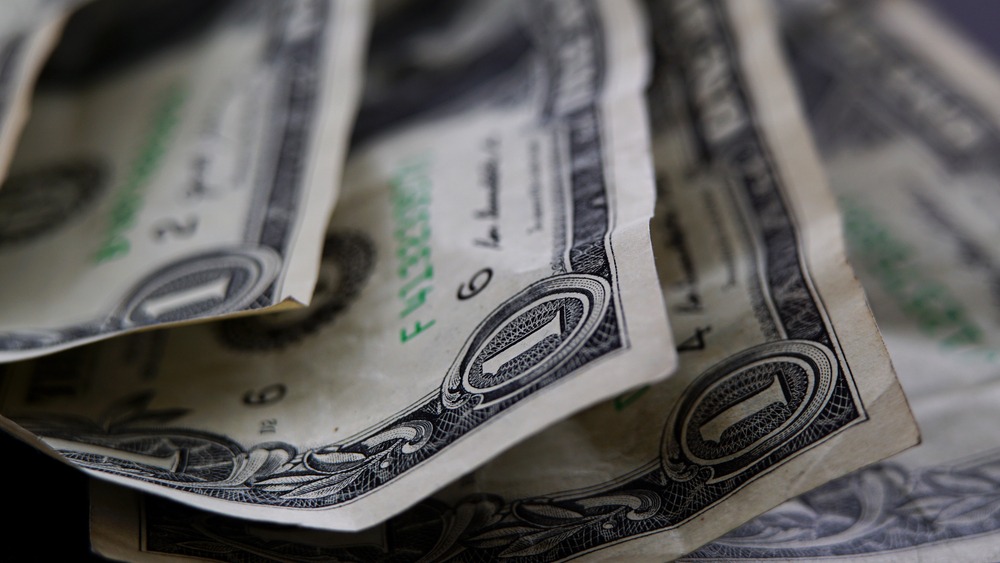The Russian ruble is under huge pressure due to the war in Ukraine. Nevertheless, the Russian currency jumped on Wednesday to around a two-year high against both the U.S. dollar as well as the euro, preserving the support of hefty capital controls as the European Union proposed a new package of sanctions against Russia over events in Ukraine.
Western governments continue to take measures against the Russian Federation. The U.S. and its allies are trying to create serious pressure on Russia.
European Commission President Ursula von der Leyen proposed a phased oil embargo on the Russian Federation. She also proposed imposing sanctions on Russia’s top bank and banning its broadcasters from European airwaves.
By 08:43 GMT, the Russian ruble was 2% stronger against the U.S. dollar at 69.53, after touching 68.6250 in early trade, its strongest since June 2020.
Ruble and its challenges
The ruble gained 2.1% to trade at 73.19 versus the euro, earlier hitting 72.00, its best result since February 2020.
Movements on Russian movements are affected by the Russin ruble being propped up capital controls, while storks are trading with a ban on short selling. Russia also made an important decision. Foreign players are not able to sell shares in Russian companies without permission.
However, market participants question if the current rate of the ruble is sustainable in light of the curbs after the ruble fell to a record low in March. The Russian currency suffered tremendous losses after Western nations imposed sanctions on Russia.
Interestingly, Russian markets were reopening after the first of the two consecutive long weekends to mark the May holidays.
Investors were treated to a busy final day of trading before the holidays on April 29. The country’s central bank reduced rates by 300 basis points to 14%. Moreover, the country’s finance ministry said it managed to pay interest on dollar Eurobonds.















